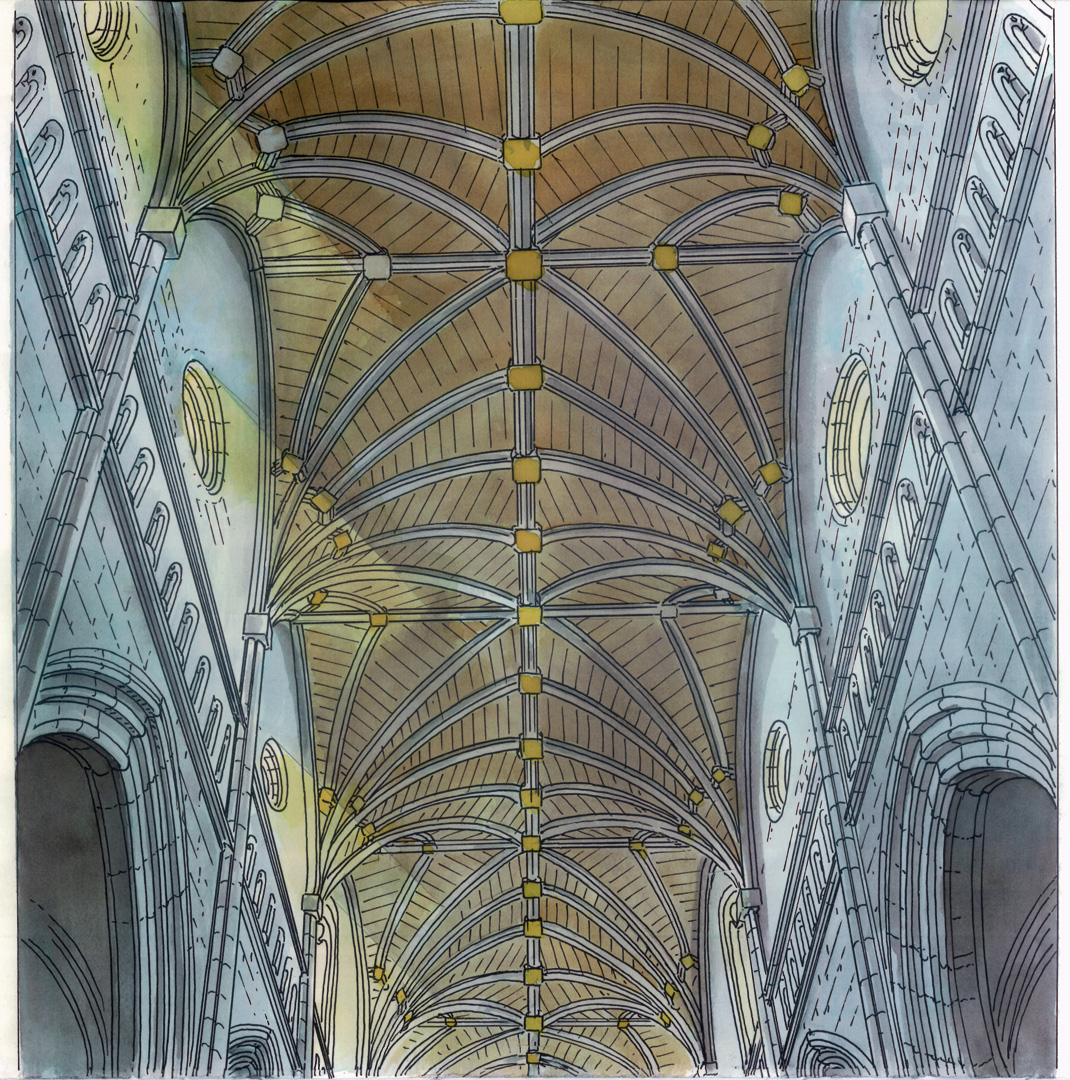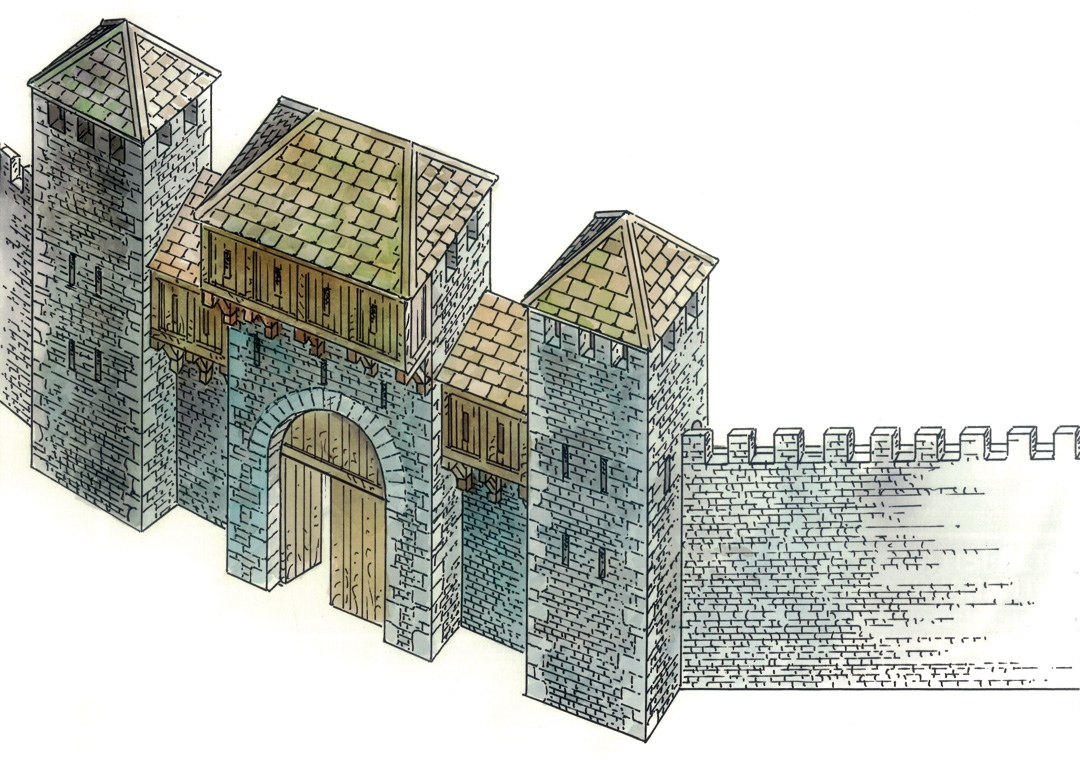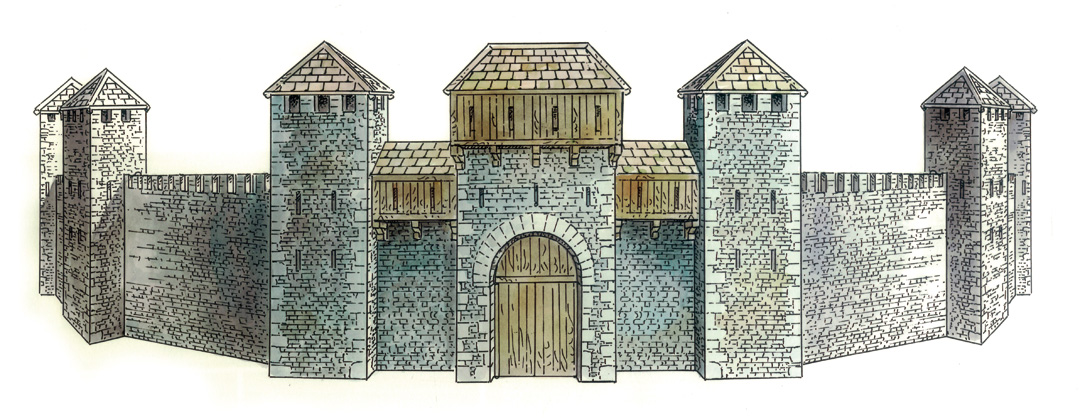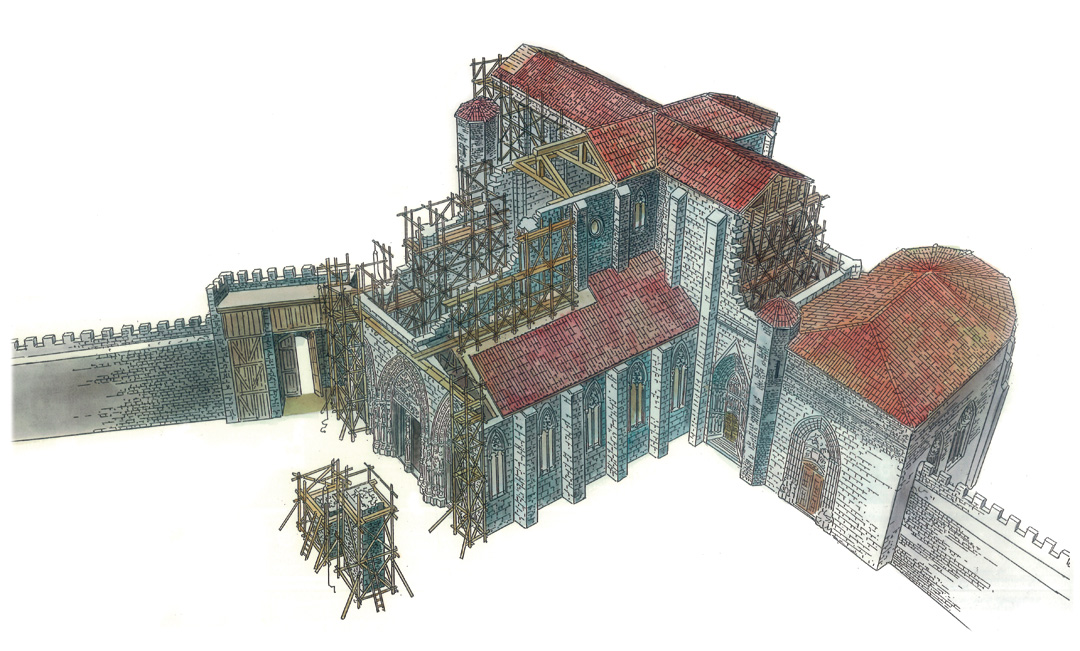| 700-800 | The first evidence of a stable settlement at the top of the gasteiz hill is documented. |
| 1000 | The first streets are paved in stone. |
| 1100 | The first walled enclosure of villasuso is built. |
| 1150 | The first romanesque-style church of santa maría is built attached to the walls. |
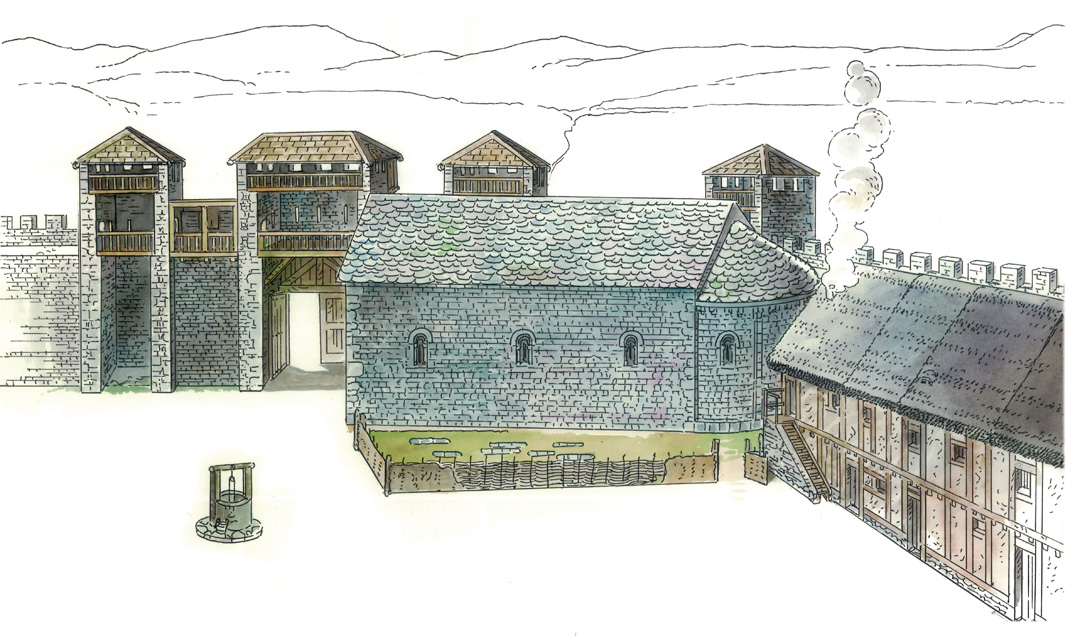
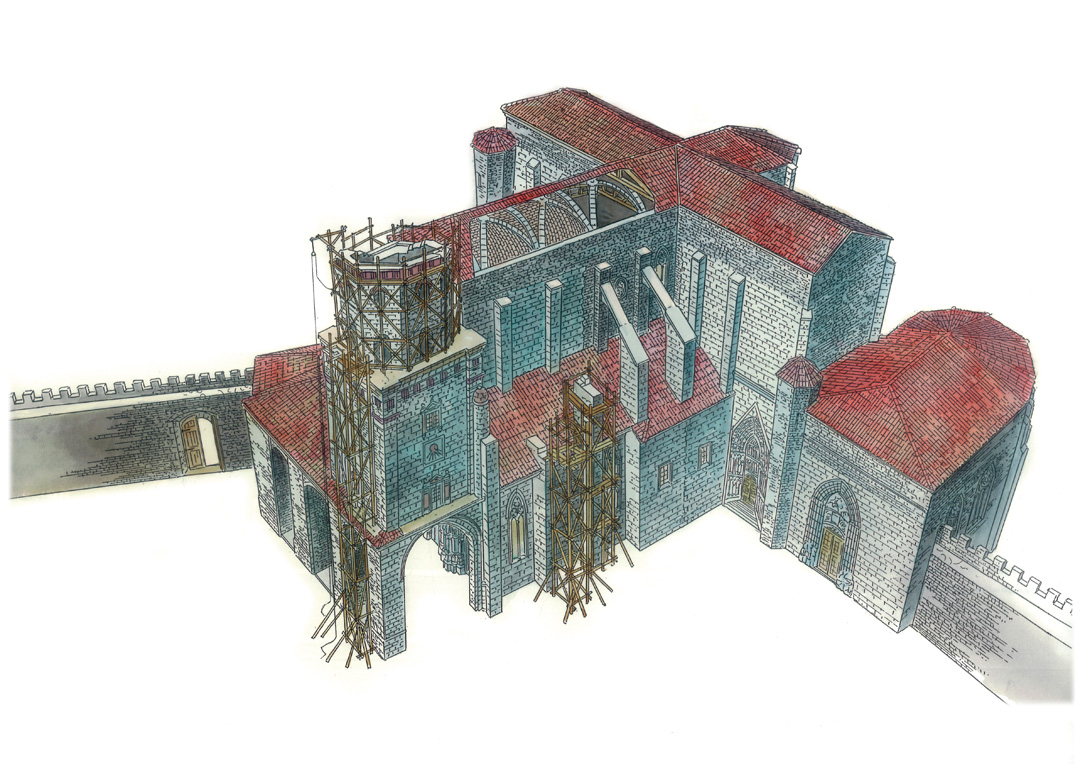
| 1200 | The foundations are laid for what will become the current church |
| 1200-1250 | The works for the new church are well advanced. The original Romanesque stonework can be demolished and the new church consecrated. |
| 1300-1400 | The envelope of the church is completed. The triforium is advancing and the high timber vaults are constructed. The Chapel of Santiago is built. |
| 1498 | The former parish acquires the title of collegiate church. The triforium is completed and the wooden vaults are replaced by stone ones. |
| 1500-1700 | Chapels are opened and the vaults of the portico and the original sacristy are built. Construction of the bell tower begins. The first structural problems become apparent during this period. |
| 1700-1750 | A new enclosure is constructed with graves for the deceased. The tower and sacristy are completed and the structural problems become more evident. |
| 1862 | The former collegiate church receives the title of cathedral. |
| 1960-1967 | The first comprehensive restoration plan is drawn up by Manuel Lorente. |
| 1994 | The building is closed to the public due to the structural problems detected. |
| 1998 | The Cathedral Rehabilitation Master Plan is presented at the First European Congress on Restoration of Gothic Cathedrals, held in Vitoria. |
| 1999 | The current structural rehabilitation and the Open for Works visit programme begin. |
| 2014 | Open for worship. |
